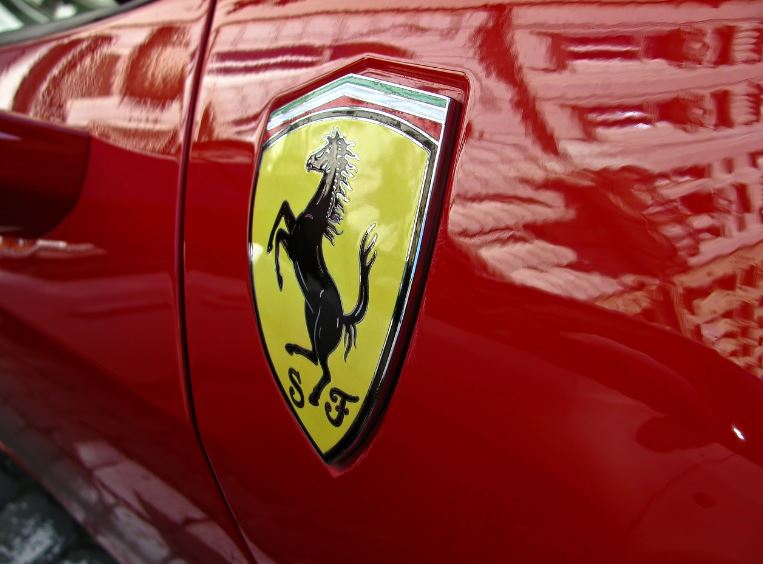Ferrari has recently made headlines with its patent for a hydrogen-powered internal combustion engine. This development has sparked significant interest and debate within the automotive industry, raising questions about the future of both traditional gasoline engines and electric vehicles (EVs).
Ferrari’s new hydrogen engine patent features a V12 configuration similar to its traditional gasoline engines. This design aims to maintain the high performance and distinctive sound that Ferrari is known for, while transitioning to a cleaner fuel. The engine fires hydrogen fuel instead of gasoline, injecting pressurized hydrogen directly into the combustion chambers. This process, combined with advanced materials for the cylinder heads and injectors, is designed to handle the high heat and pressure of hydrogen combustion.
Hydrogen-powered vehicles are not a new concept. Companies like Toyota and Hyundai have already introduced hydrogen fuel cell electric vehicles (FCEVs) to the market. Toyota’s Mirai and Hyundai’s Nexo are prime examples of how hydrogen can be used effectively in modern vehicles. However, Ferrari’s approach is distinct as it focuses on a hydrogen-powered internal combustion engine (HICE), rather than a fuel cell.
While FCEVs generate electricity through a chemical reaction in a fuel cell stack, Ferrari’s HICE burns hydrogen directly, similar to a gasoline engine. This method allows for a more familiar driving experience, including the sound and feel of a traditional engine, which is particularly appealing for sports car enthusiasts. However, it also presents challenges in efficiency and emissions control that fuel cells typically avoid.





